Even if you think you're not going to run into a venomous snake, never say never. Once the weather warms up and you're out and about enjoying the day, you never know what may come slithering by. Read on for the list of 5 venomous snakes to avoid while hunting, camping, and hiking, as well as how to recognize them.
1- Copperhead (Eastern United States)
A snake that many hunters in the U.S. are familiar with, the Copperhead, is definitely one to be aware of when you’re out in the woods. They are said to be the “most likely to bite” snake in North America, which is just what I need to hear when traipsing through the timber. Their bite is rarely fatal, but I would be treading carefully, as a bite will definitely ruin a hunter's day. These snakes rely on their good camouflage to remain unnoticed, so look before you sit down.2- Westen Diamondback Rattlesnake (Southwestern United States)
Probably the most iconic venomous snake in North America, the Western Diamondback holds its own on any list of dangerous snakes. They can grow to over 7 feet long, and have the distinctive diamond pattern on their back. Although like many snakes, they feed primarily on rodents, and aren’t exceptionally aggressive, they are known to stand their ground when confronted. Their venom causes severe tissue damage, bleeding, and swelling, so hopefully you can calmly and quickly get medical attention if you are bitten.3- Cottonmouth (Southeastern United States)
Yet another infamous snake found in the southeastern U.S. is the Cottonmouth. As with many snakes, the real danger is probably more lore than reality, but that’s not an excuse to be sloppy. This amphibious snake is a subspecies of pit viper, and is just as at home in the water as on land. If you startle one, you’re likely to see them coil up and show their white mouth, and if you get bit, you might expect a lot of pain and internal bleeding, so get to the hospital, or risk losing your hand, foot, or portion of your rear end if you’re unlucky enough to catch it there.4- King Brown Snake (Australia)
via Tom Carlton
Australia has a lot of unique, albeit under-advertised hunting and fishing opportunities. My next thought, however, is that it’s home to a wide variety of venomous snakes. The “King Brown” snake is one of Australia’s most notorious. They have the largest recorded venom output of any snake in the world, up to 150mg per bite. If you make them mad, they will throw their heads from side to side while hissing loudly. If they bite, they also “bite savagely, even hanging on and chewing.” Thanks, but no thanks.
5- Puff Adder (Africa)
There are two things I know for sure about Africa: there are a lot of hunting opportunities, and there are a lot of deadly snakes. The Puff Adder doesn’t get a lot of credit, but it’s one of the most common and widespread snakes on the Dark Continent, and is considered to be responsible for the majority of snake bite fatalities there. It’s a stocky viper, with a good coat of camouflage, and can be up to 75 inches long and 13 pounds. If you happen to irritate one, it will coil up and hiss at you, hence the name.
It's important to get acquainted with all forms of wildlife, especially potentially dangerous animals. The more you know, the better you can protect yourself.
If you or a friend has encountered a venomous snake, then you know this all too well. It's in your best interest to use caution when spending time bugging out or exploring. Recognition is important, as is being careful where you step!
Source: Outdoor Life
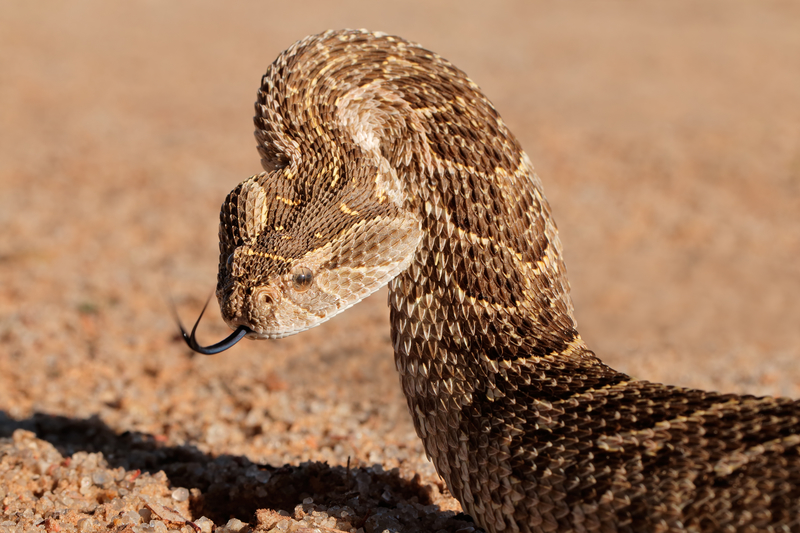
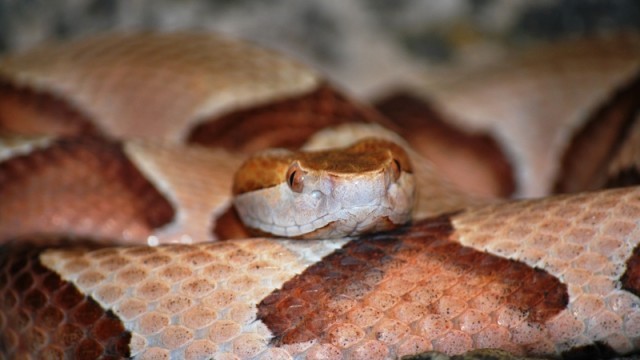
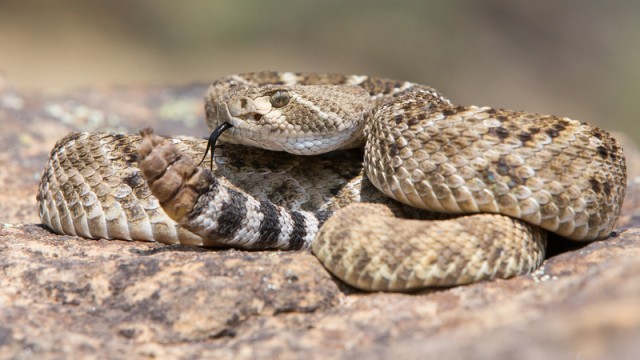
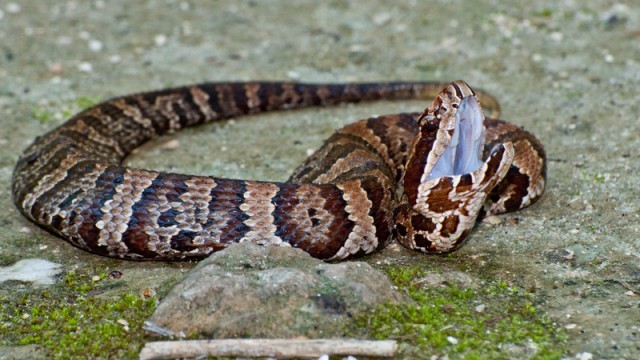
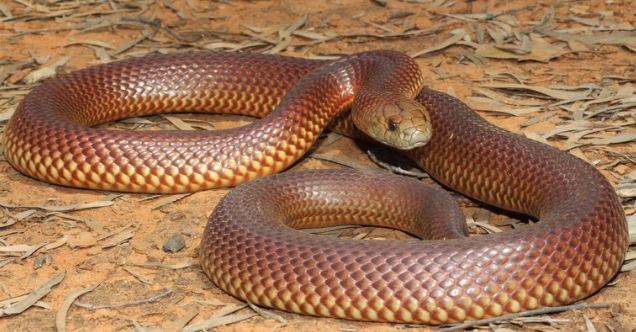
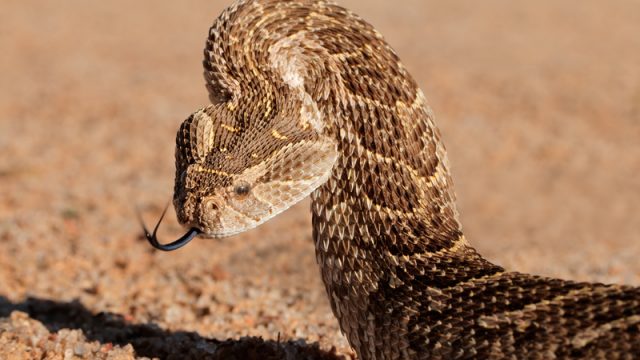
Rattle snakes abound near me. Gotta go slow while hiking in summer, listening to natures sounds and identiying them saves lives. Also, most snakes are food eats. There is a reason my walking stick is forked, pinning snakes, then roasting them over fire later.
I’d say as a general rule of thumb, any snake found in Africa or Australia, just avoid. In fact, all animals in general on those continents, avoid. They want to kill you.